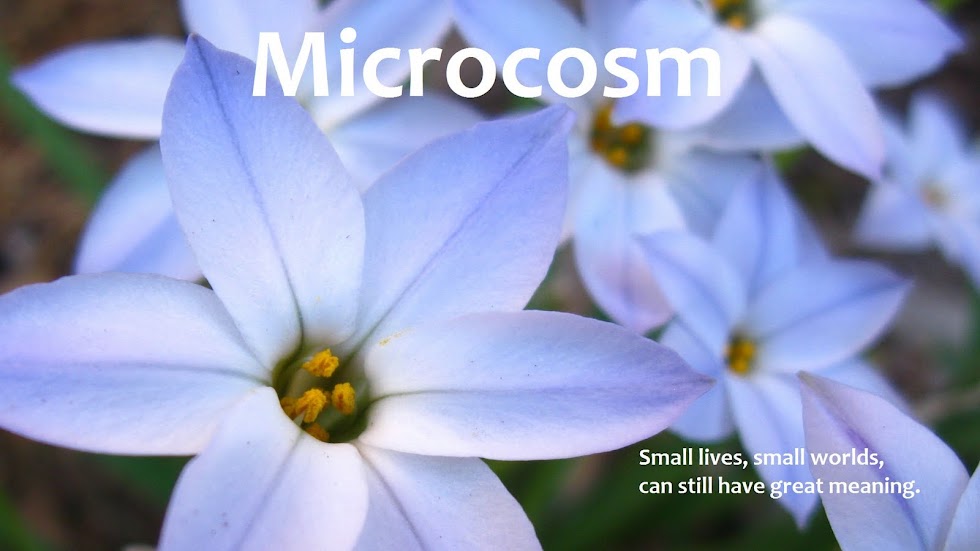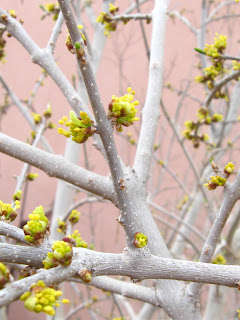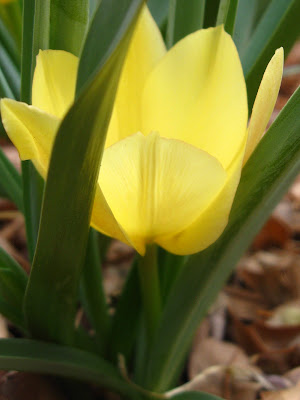It was a close call. That is, if we keep in mind that we're discussing a very small garden where not much happens, and where the little that does happen gets photographed, given a breathless caption like, "Aphids!" and dressed up in words to make it exciting before being posted on the internet, it was a close call.* And even then it wasn't my close call, it was the little sun roses'...
Oh, let's start from the beginning. My first year here, I planted three 'Wisley Primrose' sun roses (Helianthemum nummularium, one of the few Latin names I flat-out adore) beneath one of the desert olive saplings to see what would happen. (For the record, when I first planted the garden, I wasn't familiar with any of the plants that ended up in it, except for the herbs. So "I planted it to see what would happen" is kind of a recurring theme.)
The sun roses were beautiful. They grew with encouraging (but not intimidating) enthusiasm, blossomed wholeheartedly, and withstood that first year's onslaught of pests while being well-beloved of bees. Once the blossoms were done, the leaves made a nice, thick carpet of greenery over a springy, woody base, in what passed for shade at the time under the tree—the kind of nice, soft, thick, springy, cool place just perfect for a cat, for example, to take long, refreshing naps on.
The cat, of course, was Sir Marley. (Again, although it was more by way of introduction at the time.) He was touchingly grateful to me for putting in such a cushiony cat bed just for him. He showed his gratitude by using it well and often. Luther, on the other hand, was at that elderly stage where he might bark and give chase, but was more likely to say to himself, "Oh, bother. A cat," and decide that he didn't really need to go outside after all. Sir Marley was able to nap without interruption.
The sun roses developed large bare spots, and despite the occasional shearing, have looked silly ever since. One of them died a slow, lingering death over at least two seasons. Every year I've thought of getting rid of the others but have kept them in memory of that beautiful first summer.
This was to be the last year, the year the sun roses got turned into creeping germander. Especially after the killing cold we had in February, they looked terrible. It was time for them to go. And yet—I don't know. I still loved them, I guess. I gave them a hard trimming and decided to give them another chance.
And suddenly, this spring, they're gorgeous. They're beautiful, a cheerful spot of sunshine even in my garden's afternoon shadows. They've taken the reprieve and run with it; they're blooming their little hearts out, and the leaves look thick and green.
If I were a cat, I'd want to take a nap on them.
_________________
* Hey, life is what you make of it, but it doesn't hurt to keep things in perspective.
To those of you who celebrate this day of reprieve, of renewed life and joy, a happy Easter!















